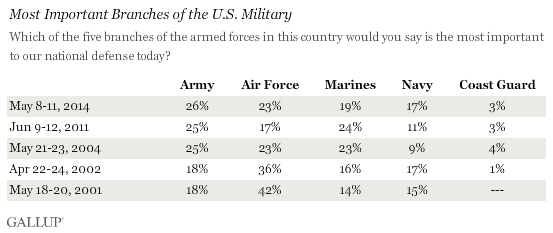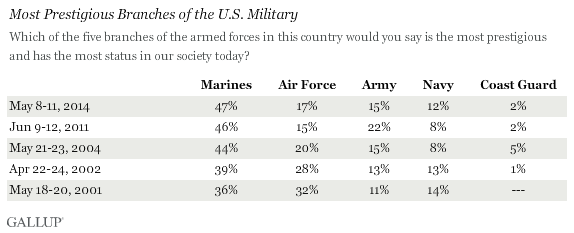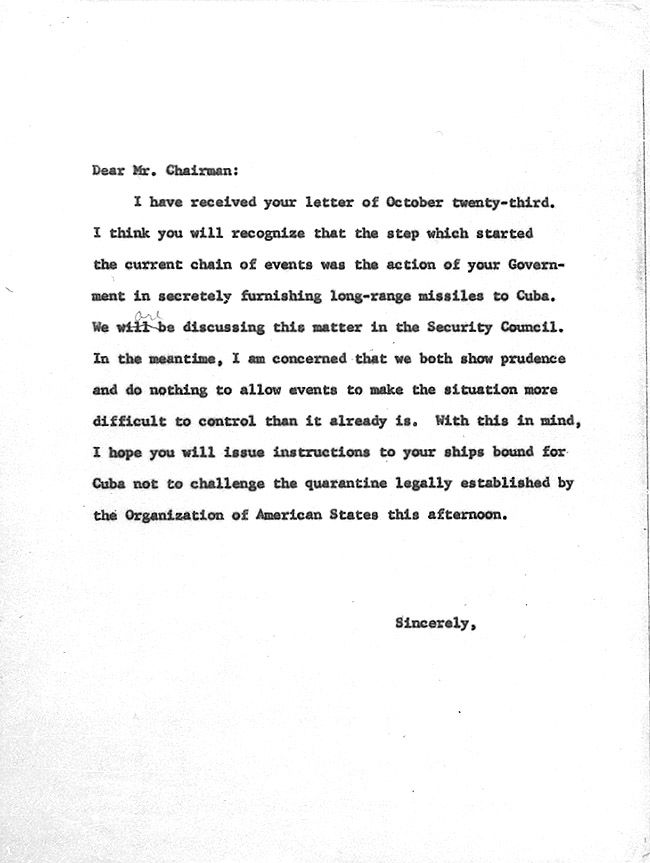Many posts have discussed war powers and the US military.
Brian Finucane at Just Security:On Sept. 2nd, the Trump administration announced what it described as a “lethal strike” against an alleged drug smuggling vessel in the Caribbean. In a post on social media accompanied with a video of the strike, President Donald Trump stated that the attack was “against positively identified Tren de Aragua Narcoterrorists.” Trump also noted that Tren de Aragua had previously been designated as a foreign terrorist organization (FTO). The social media post also asserted that the strike had occurred in international waters and killed “11 terrorists.”
Although the facts are still emerging, the Trump administration’s extraordinary lethal attack on this purported smuggling vessel – and its vow that the strike was a start of a campaign – raise a number of significant potential legal issues. And even apart from these legal concerns, the strike constitutes a deeply troubling gratuitous use of the military that resulted in the unnecessary killing of 11 individuals.
In 2019, Navy SEALs were on a secret, possibly illegal mission to plant a listening device on the dictator of North Korea. Dave Philipps and Matthew Cole at NYT:
The mission had the potential to provide the United States with a stream of valuable intelligence. But it meant putting American commandos on North Korean soil — a move that, if detected, not only could sink negotiations but also could lead to a hostage crisis or an escalating conflict with a nuclear-armed foe.
It was so risky that it required the president’s direct approval.
For the operation, the military chose SEAL Team 6’s Red Squadron — the same unit that killed Osama bin Laden. The SEALs rehearsed for months, aware that every move needed to be perfect. But when they reached what they thought was a deserted shore that night, wearing black wet suits and night-vision goggles, the mission swiftly unraveled.
A North Korean boat appeared out of the dark. Flashlights from the bow swept over the water. Fearing that they had been spotted, the SEALs opened fire. Within seconds, everyone on the North Korean boat was dead.
The SEALs retreated into the sea without planting the listening device.
The 2019 operation has never been publicly acknowledged, or even hinted at, by the United States or North Korea. The details remain classified and are being reported here for the first time. The Trump administration did not notify key members of Congress who oversee intelligence operations, before or after the mission. The lack of notification may have violated the law.
...
In 2019, Mr. Trump was making a personalized overture to Mr. Kim, in search of a breakthrough that had eluded prior presidents. But those talks collapsed, and North Korea’s nuclear program accelerated. The U.S. government estimates that North Korea now has roughly 50 nuclear weapons and missiles that can reach the West Coast. Mr. Kim has pledged to keep expanding his nuclear program “exponentially” to deter what he calls U.S. provocations
Should the intelligence committees have been told?
That turns in part on whether the operation was undertaken under military legal authorities, found in Title 10 of the United States Code, or under intelligence authorities, found in Title 50.
A major difference is that Title 50 allows so-called covert operations, in which the United States government intends to conceal its role and deny any involvement if something comes to light. Typically those are conducted by the C.I.A., but sometimes military forces are temporarily put under C.I.A. control to carry out covert activities.
If the government is going to carry out a covert activity, Title 50 generally requires presidents to first make a written “finding” and inform the intelligence committees within 48 hours. Another part of the statute requires notice of “any significant undertaking pursuant to a previously approved finding,” but does not specify a deadline.
Other provisions in Title 50 require the executive branch to provide reports to the intelligence committees that keep them “fully and currently informed” about all intelligence activities — whether covert or not, and including any “significant failures” — no matter which agency or department conducts them.




